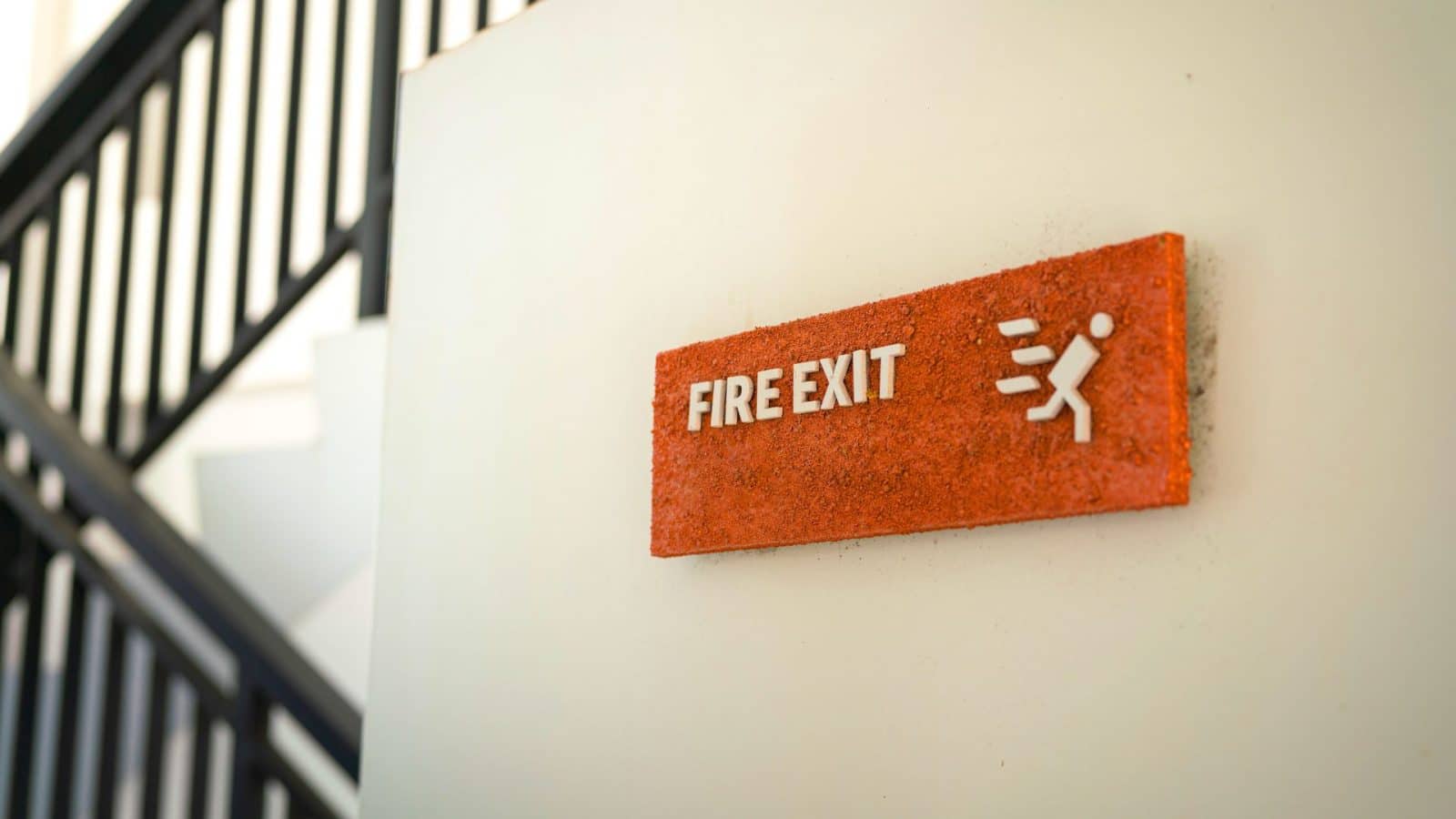Building owners not only have the responsibility of keeping their tenants happy but also keeping them as safe as possible from fire hazards. Such an emergency can lead to physical harm or death and have devastating impacts on your building. Learn five tips to prepare your commercial building for fire hazards.
Check Your Property for Risks
You should begin this process by conducting a thorough examination of your commercial property to identify potential risks that may result in a fire. For example, pay attention to areas where you store flammable materials.
You should also check electrical systems for outdated wiring or overloading circuits. Regular inspections will help you pinpoint and address vulnerabilities before they become a problem.
Ensure Your Detection Systems Are Working
You can also prepare your commercial building for fire hazards by regularly testing your smoke detectors and fire alarms. These are crucial for early fire detection.
Replace batteries as needed and schedule routine maintenance checks. Well-maintained systems will promptly alert building occupants of fire incidents.
Invest in Fire-Resistant Materials
You can even limit the scope of an emergency by integrating fire-resistant materials throughout your property. For example, one reason why people install metal roofing on commercial buildings is that it helps restrict the dangers of a blaze.
This also gives emergency services more time to respond. Although these additions may seem costly upfront, installing them will be an investment in the safety of your tenants and your property.
Teach Your Employees About Staying Safe
Your employees can play a vital role in promoting fire safety. Hold educational sessions that teach employees about fire prevention measures and emergency procedures.
For example, they should know how to operate fire extinguishers and evacuation procedures. A well-trained team can prevent small incidents from escalating into major disasters.
Ensure People Can Locate Evacuation Routes
When your tenants need to evacuate your building during a fire, they shouldn’t have to deal with poorly marked evacuation routes that are not easily accessible. Regularly check that all exits are free from obstructions and marked with visible signage.
Perform test runs so that people become aware of the evacuation routes. Practicing these drills can ensure a calm and orderly evacuation in an emergency.
These measures will allow your property to be much safer in case of a fire emergency. Prioritizing fire prevention and preparedness will help protect your investment and provide peace of mind.
If you want to give your time and energy to benefit your local community, then a good way to do so is by volunteering as a firefighter. Read more here: Why You Should be a Volunteer Firefighter
















